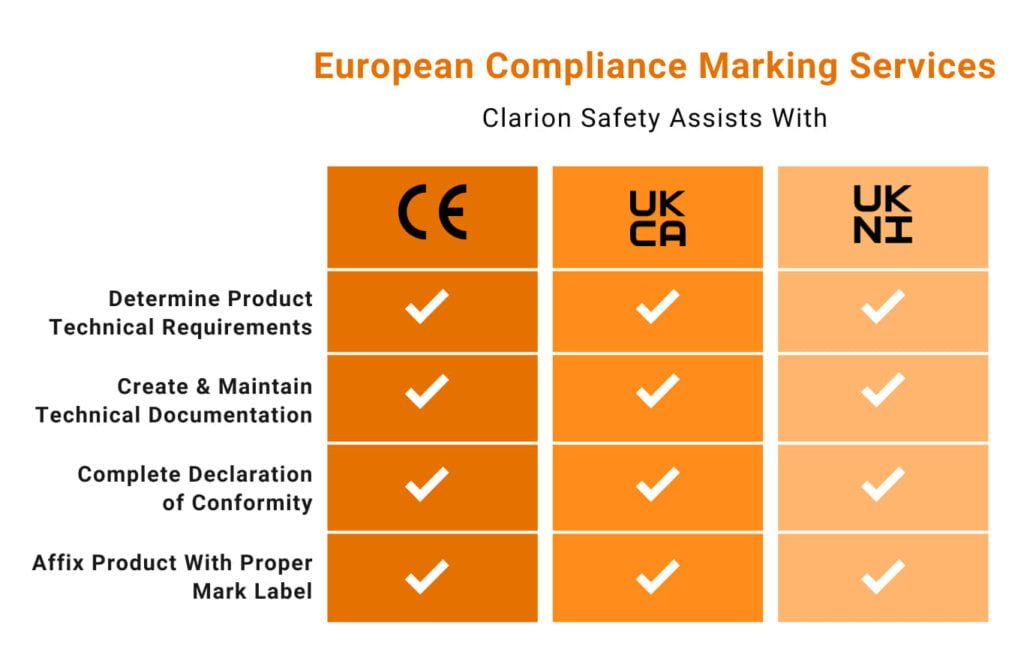When it comes to selling products in European countries, you’ll often find that it’s mandatory to affix the CE mark on products for legal sales. This might be a bit confusing for beginners who are just starting to sell in the EU markets. They may not be quite clear about the regulations and directives of CE marking and whether their products are required for the marking or not. In this article, we’ll demystify the CE marking, its meaning, and its importance in the EU and UK markets.
What is CE Marking?
CE marking is a certification mark that indicates conformity with health, safety, and environmental protection standards for products sold within the European Economic Area (EEA). The CE marking is also found on products sold outside the EEA that have been manufactured to EEA standards. This makes the CE marking recognizable worldwide even to people who are not familiar with the European Economic Area.
Why is CE Marking Important?
The CE marking is crucial because it shows that the product has been assessed and meets EU safety, health, and environmental protection requirements. It ensures the free movement of products within the European market and enables the withdrawal of the non-conforming products by customs and enforcement/vigilance authorities.
How to Get a CE Marking?
Obtaining a CE marking may involve several steps. The first step is to identify the EU requirements for your specific product. The next step is to perform a conformity assessment, followed by compiling a technical file with detailed information about the product. The final step is to add the CE marking to your product and draft a declaration of conformity.
The Role of CE Marking in the UK Market
Even though the UK has left the EU, CE marking is still recognized for certain products. However, the UK has introduced a new marking known as the UKCA (UK Conformity Assessed) for goods being placed on the market in Great Britain. It’s important to understand the relations between UKCA and CE mark to navigate these changes effectively.
Conclusion
Understanding the CE marking is essential for any business looking to sell products in the EU and UK markets. It’s not just a mark but a symbol of safety, health, and environmental standards that builds trust with consumers and allows free movement of products within the market.
FAQs
Q: What is the CE marking?
A: The CE marking is a certification mark that indicates conformity with health, safety, and environmental protection standards for products sold within the European Economic Area (EEA).
Q: Why is the CE marking important?
A: The CE marking shows that the product meets EU safety, health, and environmental protection requirements. It ensures the free movement of products within the European market.
Q: How can I get a CE marking for my product?
A: Obtaining a CE marking involves identifying the EU requirements for your product, performing a conformity assessment, compiling a technical file, adding the CE marking to your product, and drafting a declaration of conformity.
Q: Is the CE marking recognized in the UK?
A: Yes, the CE marking is still recognized for certain products in the UK. However, the UK has introduced a new marking known as the UKCA for goods being placed on the market in Great Britain.
Q: What does the CE marking symbolize?
A: The CE marking is a symbol of safety, health, and environmental standards that builds trust with consumers and allows free movement of products within the market.




